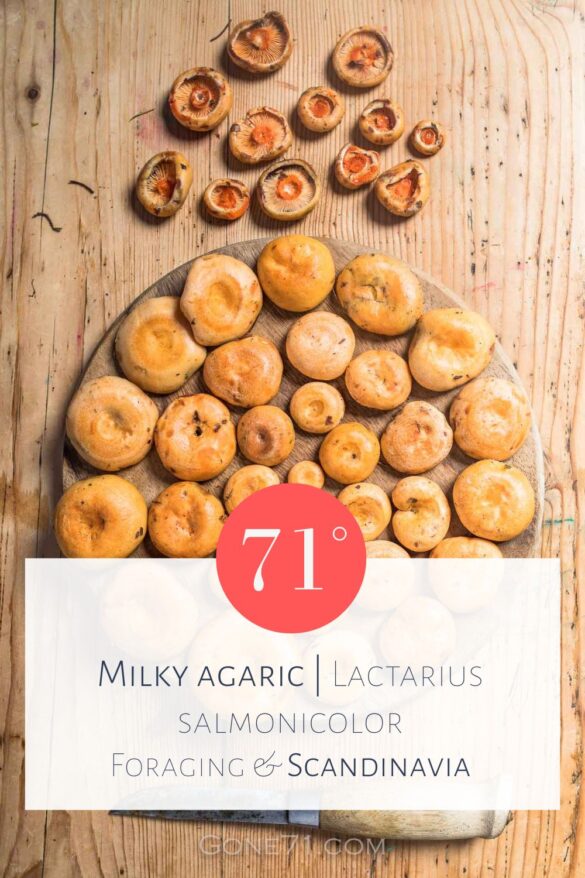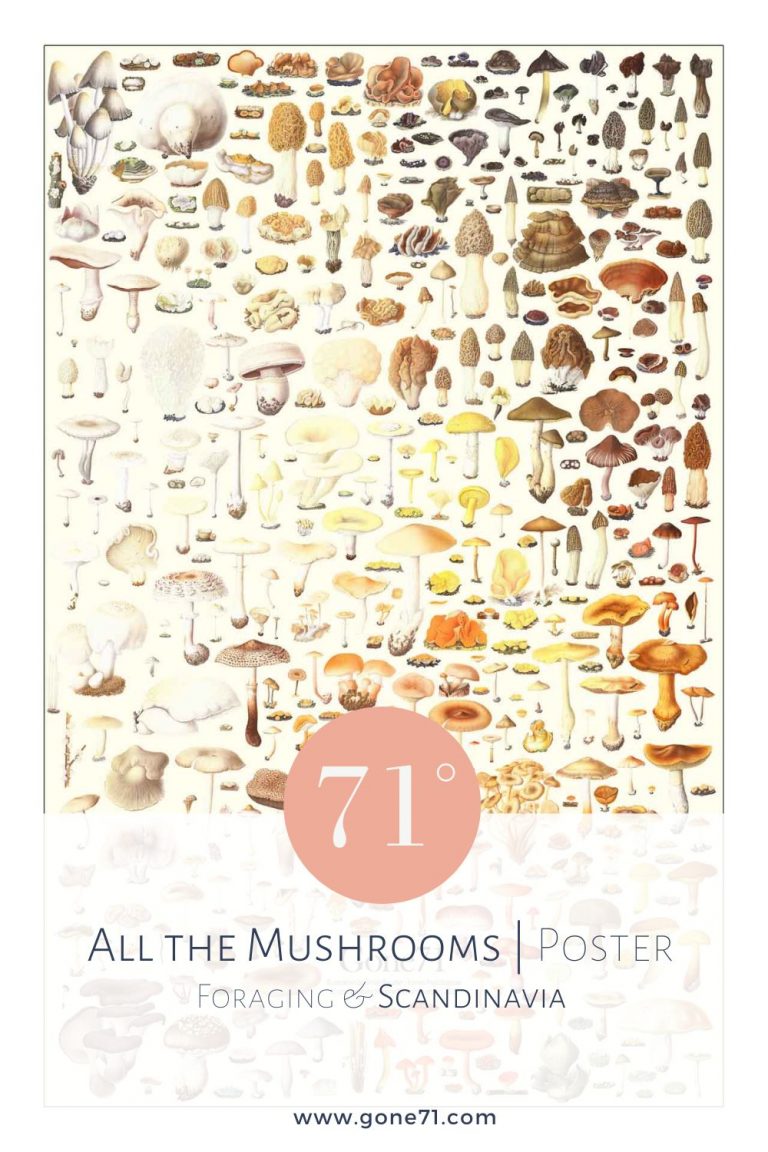syn.: salmon coloured milk cap | dt.: Lachsreizker, Tannenreizker
Milky agarics are very similar to the False saffron milk caps (Lactarius deterrimus) and often grow close to each other. The biggest difference is the pure salmon color. L. salmonicolor have no green coloring at all. Otherwise they share most features with saffron milk caps (Lactarius deliciosus) and can be consumed in the same way with a slight trade off in taste.
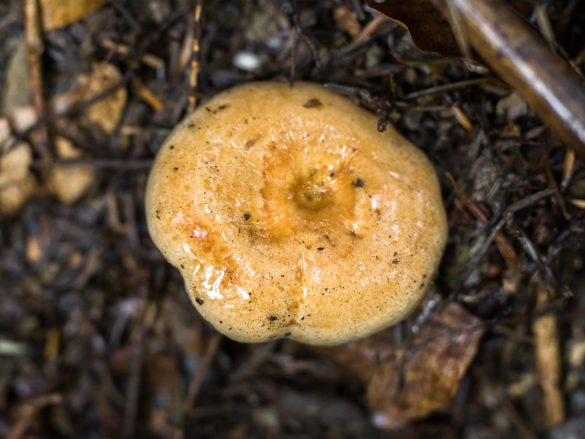
Appearance & habitat of the milky agaric (L. salmonicolor)
Like all red milky milk caps, this one grows exclusively on conifers. This special species is mainly found in silver firs, mostly in autumn and late autumn. The fungus is very widespread in some parts of Europe.
One of its most important distinguishing features is the red-orange milk that escapes when injured. The smell is very pleasant and slightly sweet to fruity.
height: 4 – 10 cm
stem diameter: 1 – 4 cm
cap: 4 – 12 cm
months: July – November
colours: orange with greenish parts
characteristic: red-orange milk, brittle
habitat: Coniferous forest, silver fir
taste: slightly spicy when consumed raw,
smell: sweet, fruity

Lookalikes of the milky agaric (L. salmonicolor)
Different milk caps are often difficult to distinguish from one another. But if you can at least determine the genus Lactarius properly, the milk-color can give you clues about its edibility. The rule is that all milk caps with red milk are edible. But you have to be sure to identify the genus Lactarius correctly!
There are several candidated with white milk that look very similar except for the colour of the milk. Non edible species have usually white milk! The milky agaric (L. salmonicolor) can be confused with the poisonous birch milk cap (Lactarius torminosus) for example. But this one has a very shaggy hat and its milk is white. This doppelganger is very hot in taste. The same goes for the larch milk cap (L. porninsis), the oak milk cap (L. quietus) and otheres.
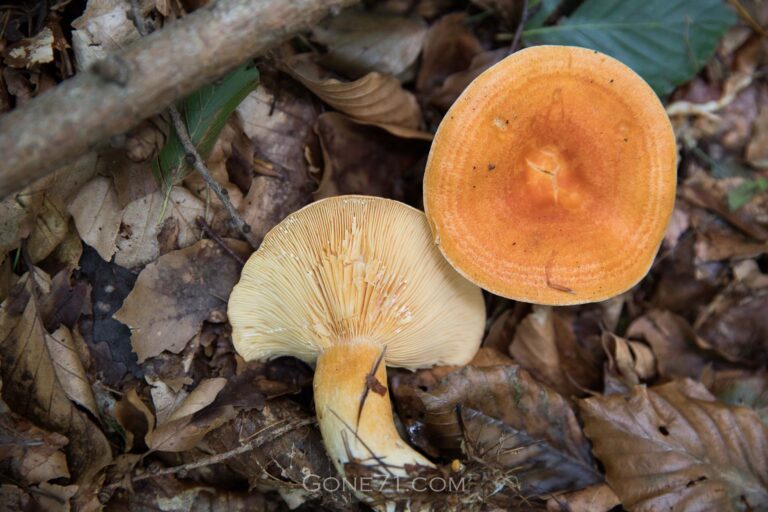
Much more likely is to confuse it with some other close relatives as the real saffron milk cap (Lactarius deliciosus), the False saffron milk cap (Lactarius deterrimus) or the rare wine-red Bloody milk cap (Lactarius sanguifluus). They are all edible and good mushrooms in case of doubt.
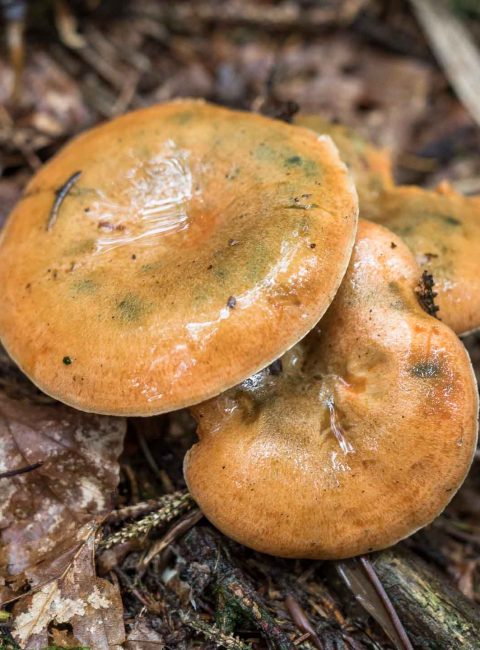
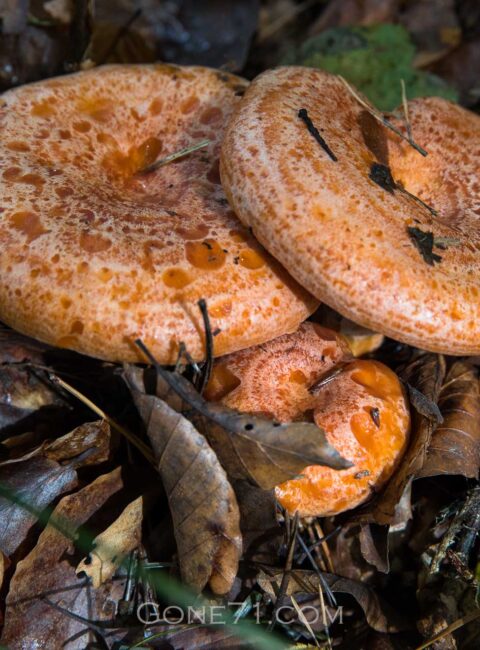
Medicinal properties of the milky agaric (L. salmonicolor)
In folk medicine as well as TCM, saffron milk caps are considered medicinal mushrooms due to their ingredients and their high vitamin and mineral content. They should not be cut when collected so that they do not lose their milk and dry out until preparation.
Milky agaric (L. salmonicolor) in the kitchen
Young mushrooms where the cap is still tightly rolled up are particularly suitable for preparation. They have a very firm meat that retains its crunchy consistency even under various preparation methods. Older specimens are often brittle and can be a little crumbly. In terms of taste, these specimens are still very good, but should the choice arise, we recommend to take young specimen first.
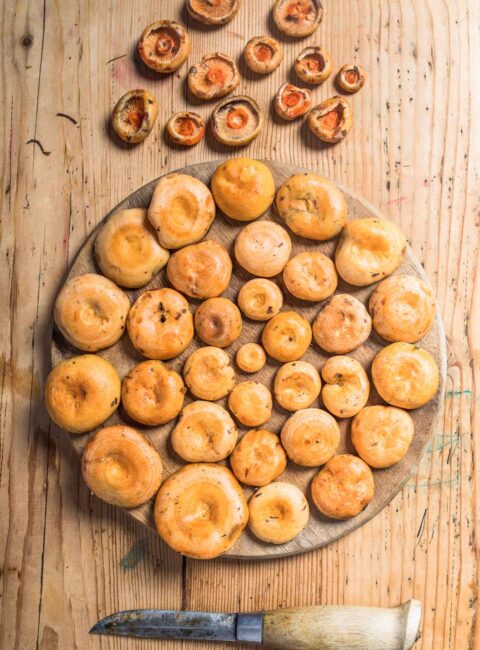
Recipes with the milky agaric (L. salmonicolor)
In principle, all recipes that also work for the saffron milk cap can be used in the same way for this mushroom.
We baked young milky agaric caps in the oven and filled them with sheep’s cheese, Parmesan and herbs and were thrilled.
For other recipes on milk caps see also Safron Milk Cap (Lactarius deliciosus).
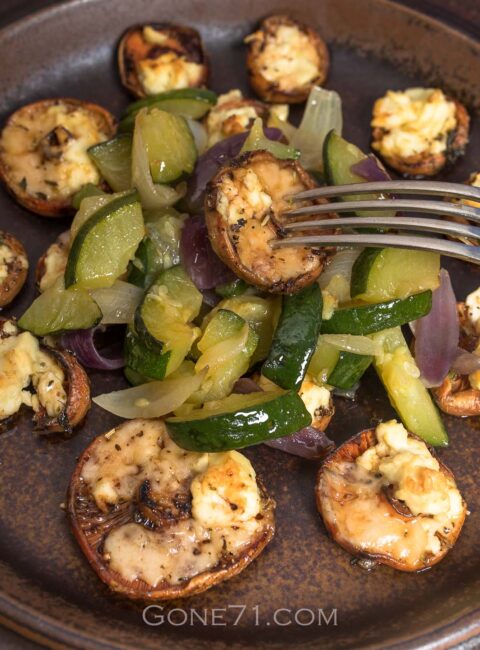

Ingredients
- 500g milky agarics (L. salmonicolor)
- sheep cheese
- Parmesan
- garlic
- herbs of provance
- olive oil
Instructions
- Clean the mushrooms well from dirt residues (without water!).
- Remove the stem from the mushrooms.
- Place the mushrooms, cap-side down, in a baking pan or on a baking sheet.
- Roughly chop the garlic.
- Mix up a marinade of olive oil, herbs and garlic. and brush or pour over the mushrooms.
- Put the mushrooms in the preheated oven (220° C) and bake for at least 10 minutes, even better 15 minutes. Then put the cheese in the caps and bake again until done. The baking time varies depending on the size of the mushrooms and how baked you want them to be.
- This time we used parmesan and sheep's cheese to try it. But mountain cheese is also excellent.
Zucchini vegetables or other seasonal vegetables go very well with this.
Notes
The red dye contained in Lactarius with red milk can color the urine reddish, this is completely harmless. So you don't be scared when you go to the toilet 😉
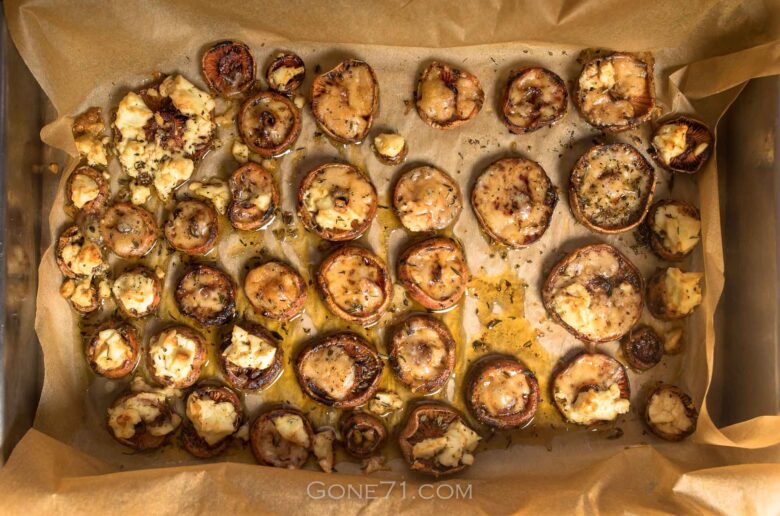
We have compiled this overview with the best of knowledge and belief, but do not claim to be complete and reserve the right to make errors.
Learn more about poisonous mushrooms and mushroom poisons here
↓↓↓
Find some inspiration in other mushroom recipes
↓↓↓
